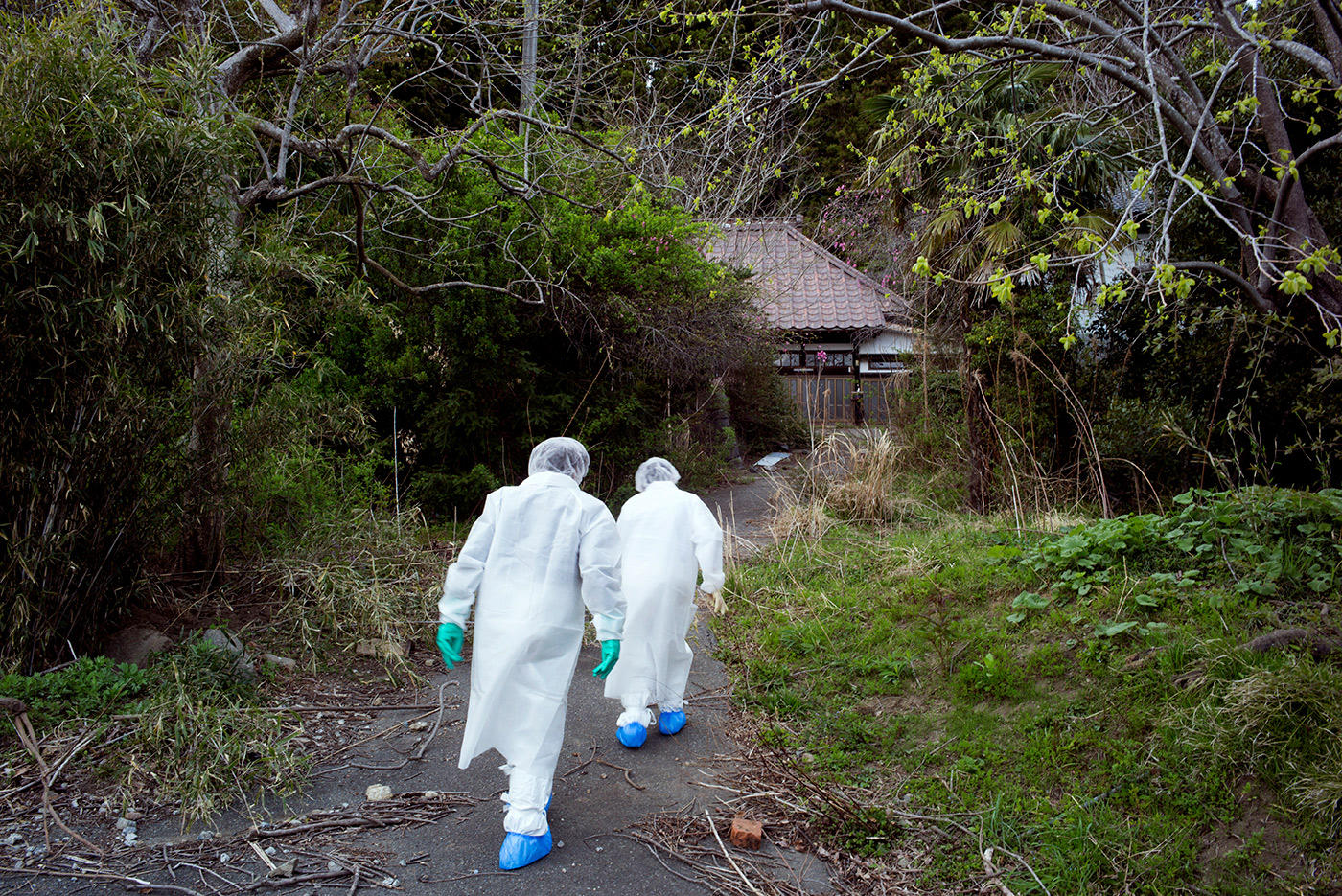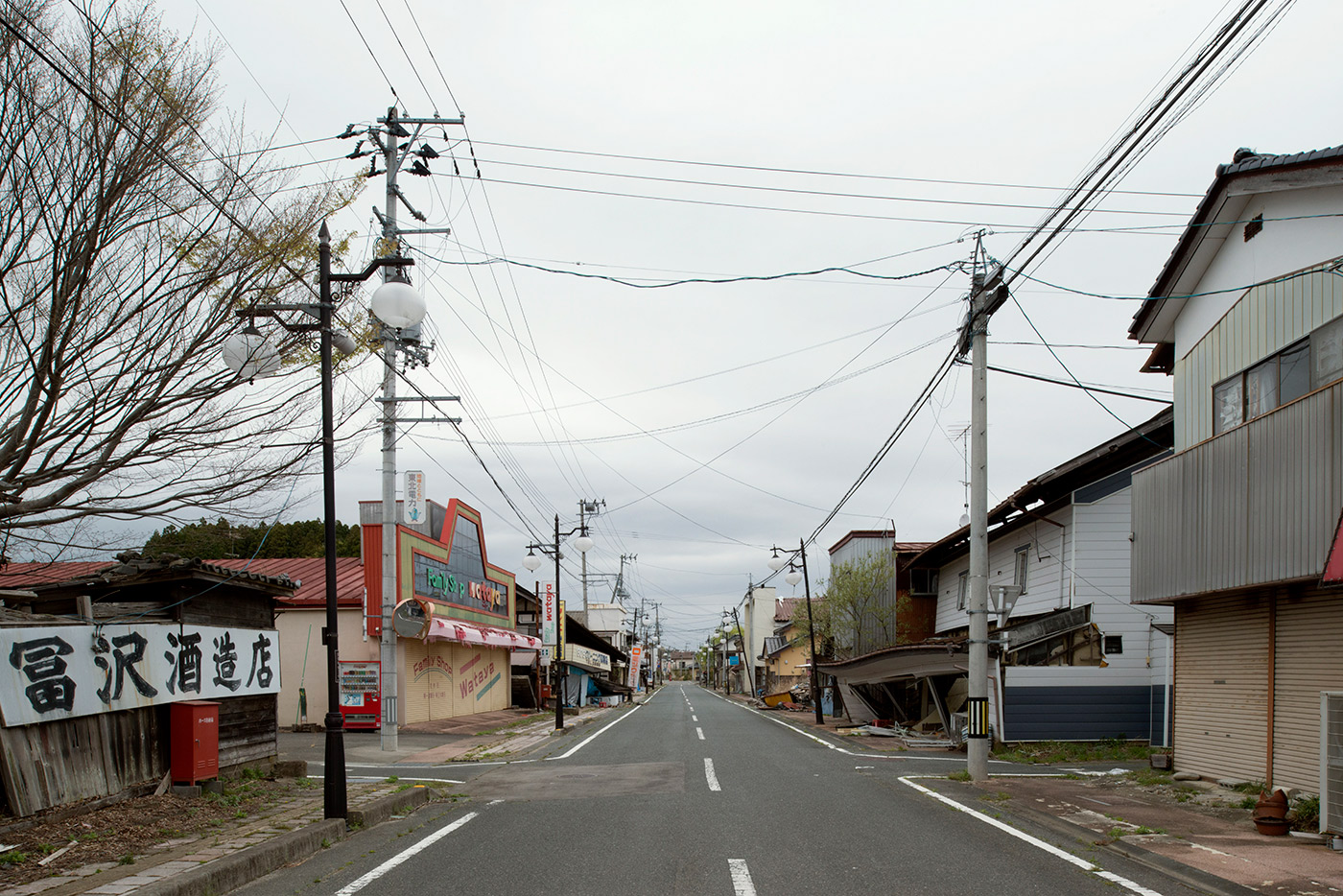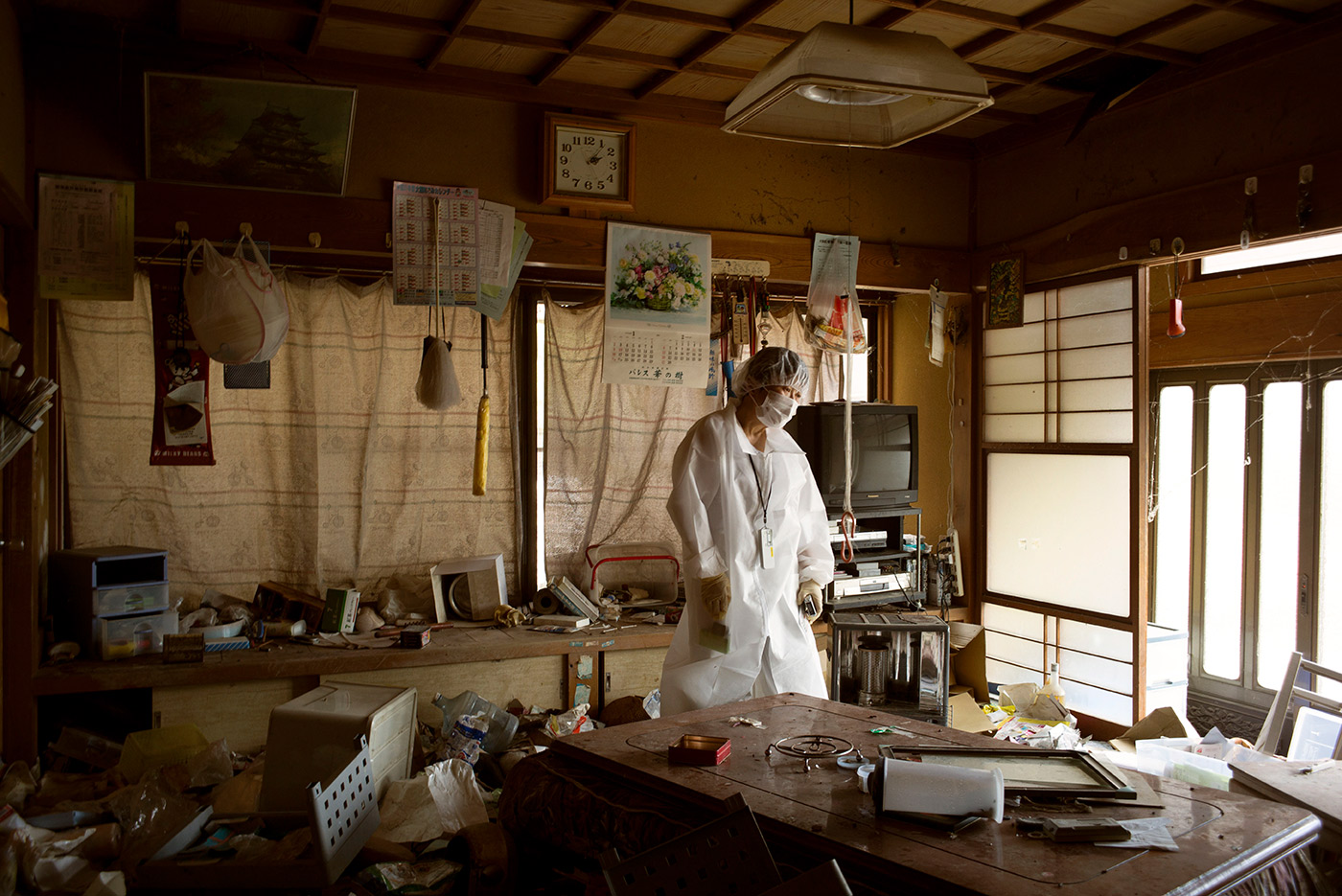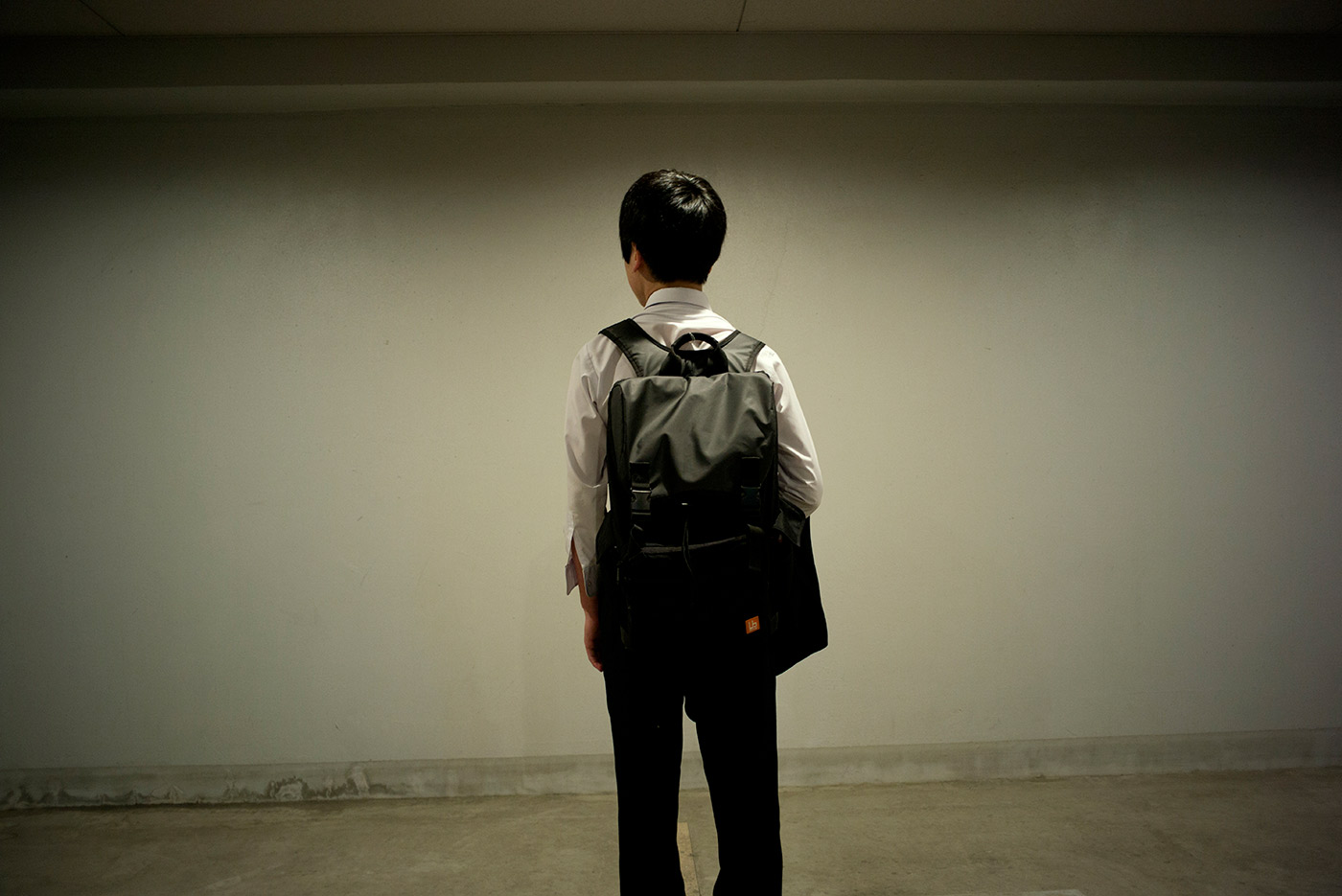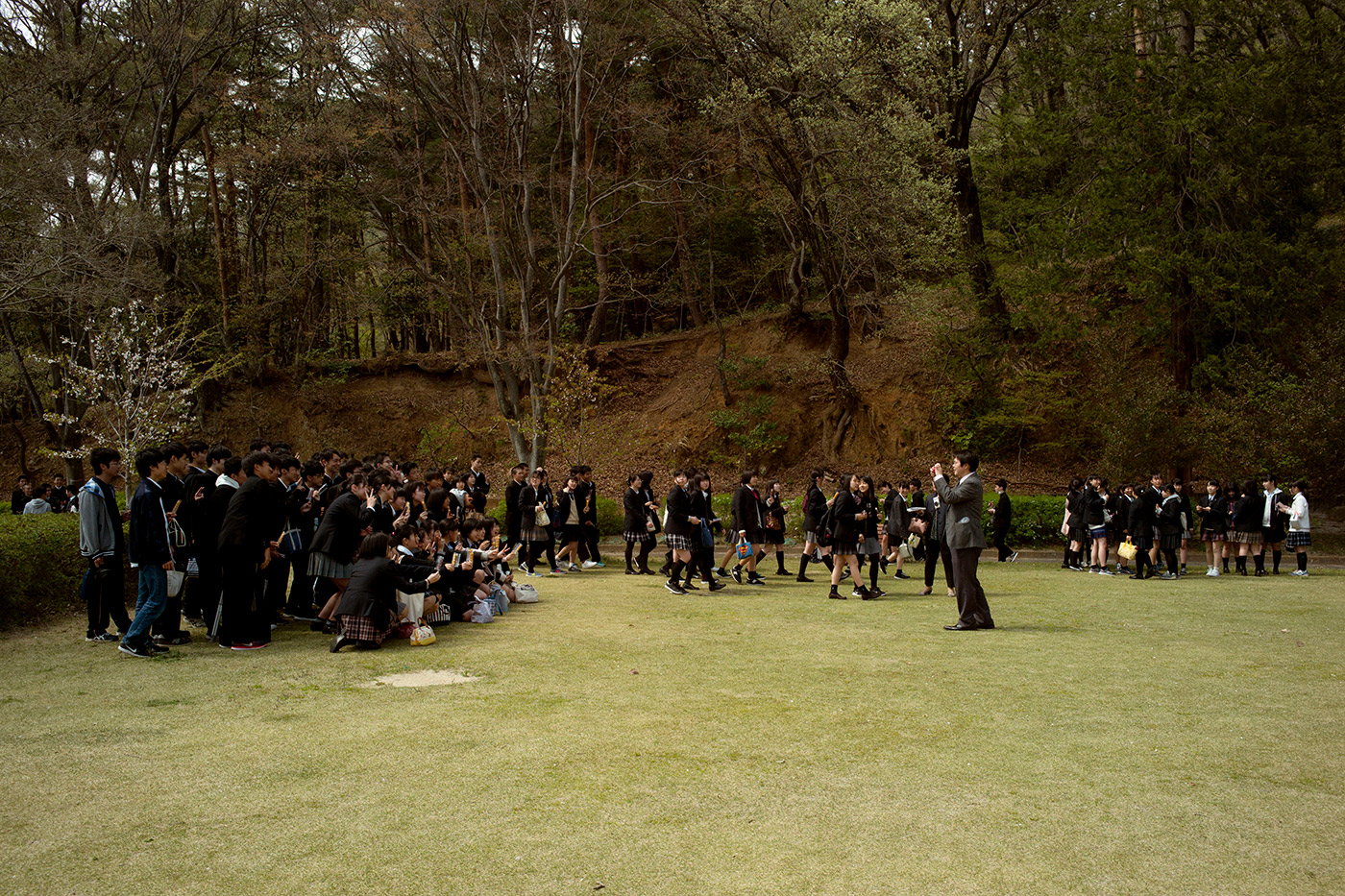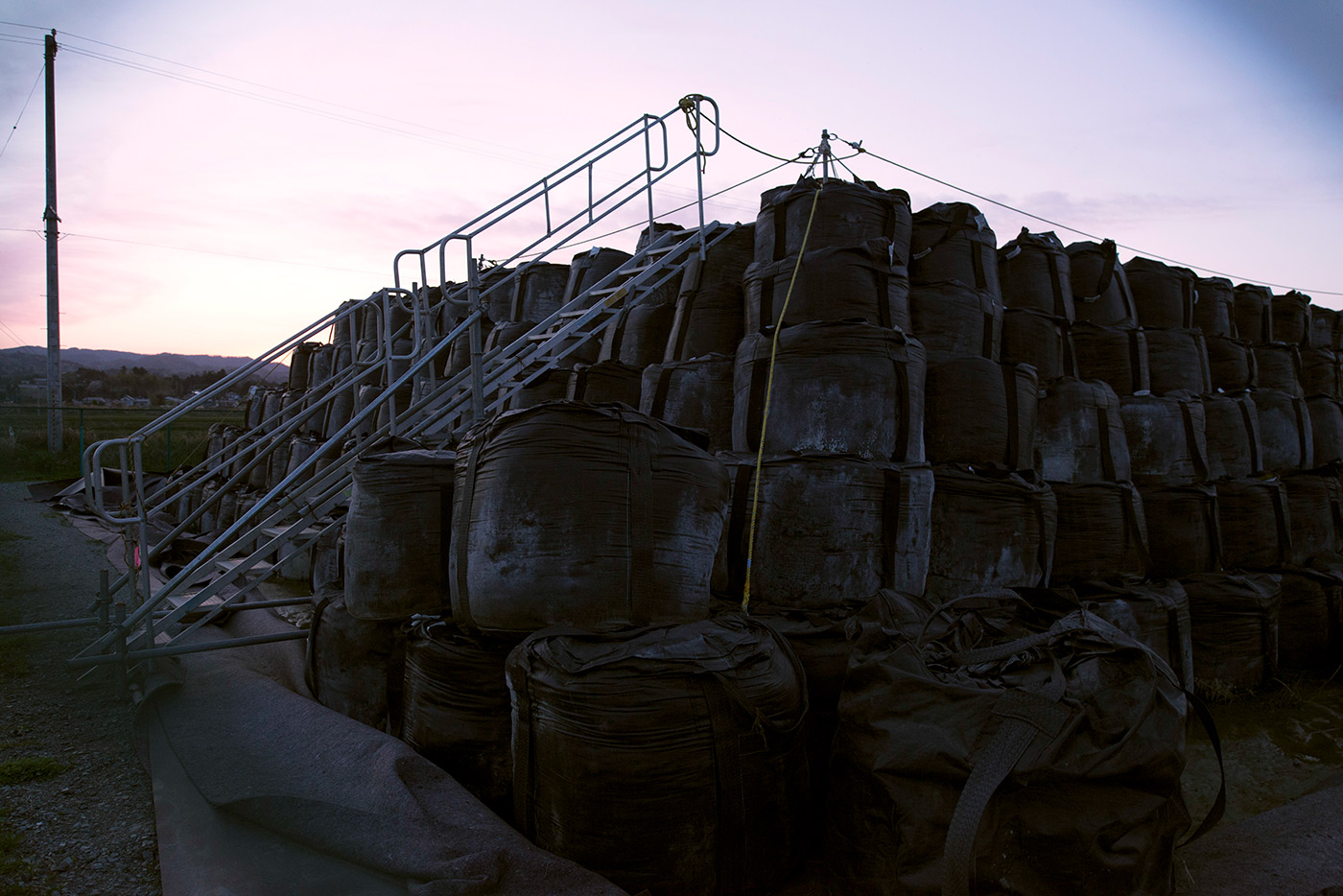The night forest, Fukushima – Japan, 2018
On March 11, 2011, a powerful earthquake hits Japan. The Fukushima nuclear power plant, located on the pacific Coast, is devastated. After Chernobyl in 1986, there will be now Fuskushima. The land is contaminated with cesium-137 for at least three centuries and the decommissioning of the reactors will not happen before 2050 or even 2060.
Contrary to the Soviet authorities, which had created an exclusion zone, still effective, within a radius of 30 km around the Chernobyl power station, Japan, which has just relaunched its nuclear program, has opted for a policy of reclaiming contaminated territories. Evacuation orders – limited to a radius of 20 km around the plant – are gradually being lifted.
Even in the ghost cities such as Okuma and Futaba, where are located the reactors, the government plans to reopen by 2023 some areas in so-called “very difficult return” areas. To achieve it, the government started an abyssal construction site. But very few of the 160 000 evacuated want to return.
Officially, there are no casualties of the “accident”. But how many stolen childhoods in a country threats by a demographic collapse? Seven years after the tragedy, Samuel Bollendorff went back to Fukushima to find the ones that the government tries to hide, as this contaminated land: evacuated children, harassed, people affected by thyroid cancer.

